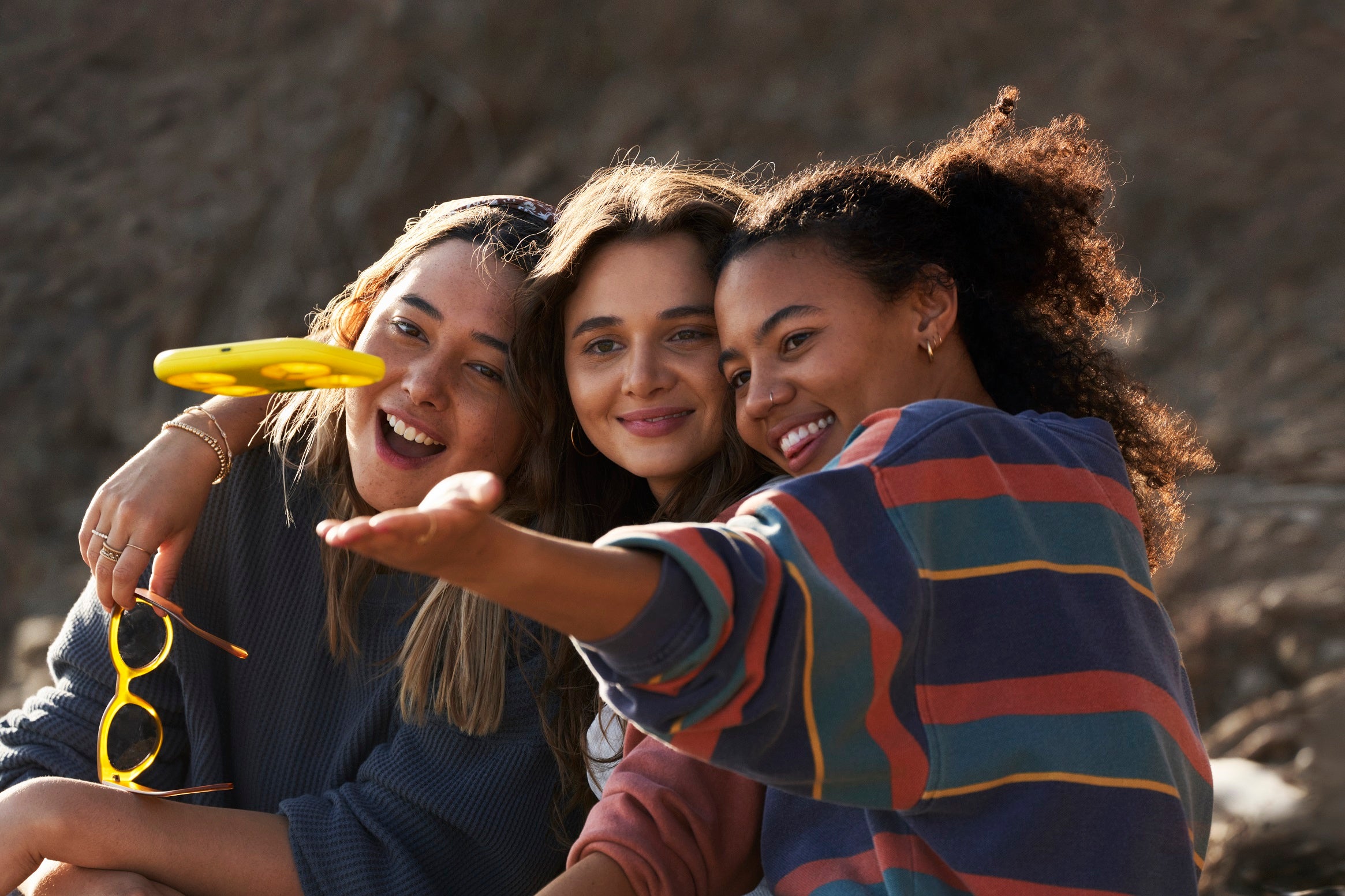Snapchat unveils Pixy selfie drone as latest photo-taking gadget
The autonomous device takes off from the palm of a user’s hand and automatically captures pictures and video which can be shared on Snapchat.

Your support helps us to tell the story
From reproductive rights to climate change to Big Tech, The Independent is on the ground when the story is developing. Whether it's investigating the financials of Elon Musk's pro-Trump PAC or producing our latest documentary, 'The A Word', which shines a light on the American women fighting for reproductive rights, we know how important it is to parse out the facts from the messaging.
At such a critical moment in US history, we need reporters on the ground. Your donation allows us to keep sending journalists to speak to both sides of the story.
The Independent is trusted by Americans across the entire political spectrum. And unlike many other quality news outlets, we choose not to lock Americans out of our reporting and analysis with paywalls. We believe quality journalism should be available to everyone, paid for by those who can afford it.
Your support makes all the difference.Camera firm Snap has unveiled an autonomous flying camera device which automatically captures pictures and video which can then be shared to Snapchat.
Called Pixy, the small device takes off and lands in the palm of a user’s hand and tracks the head and body of the owner in order to follow and capture content of them.
Initially going on sale in the US and France, the new camera comes with a set of pre-programmed flight plans to take different types of photos and videos as it floats above the user.
Snap chief executive Evan Spiegel called Pixy a “pocket-sized, free-flying sidekick for adventures big and small”.
Speaking during the tech firm’s annual Snap Partner Summit, Mr Spiegel said: “There are no controllers. There’s no complex set-up. Simply select a flight path and let Pixy take it from there.
“And it knows when and where to return, landing gently in the palm of your hand.”
The camera company confirmed the Pixy would cost 230 dollars (£184), but did not reveal if or when it will be launched in the UK.
Elsewhere at the Summit, Snap said its Snapchat app was now used by more than 600 million people, which includes more than 300 million daily active users around the world.
Mr Spiegel said the app now reached more than 75% of those aged 13 to 34 in more than 20 countries.
The app’s augmented reality Lenses are, on average, interacted with six billion times every day, he added.